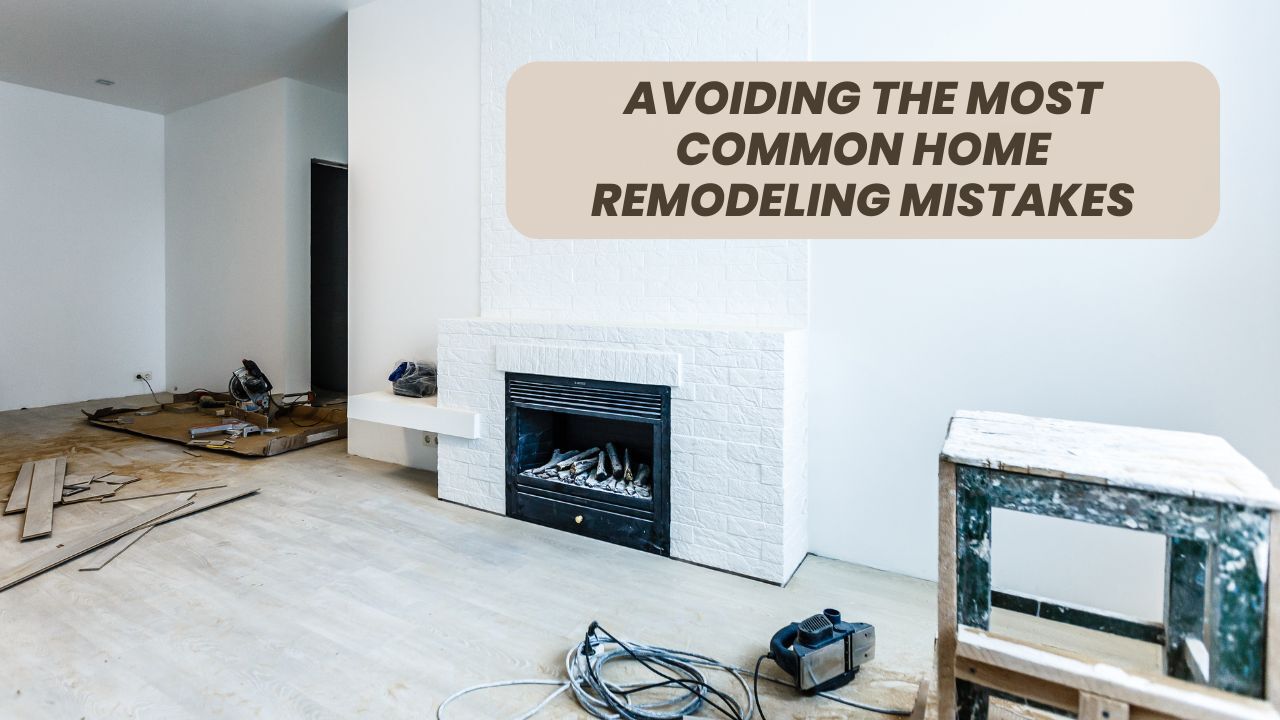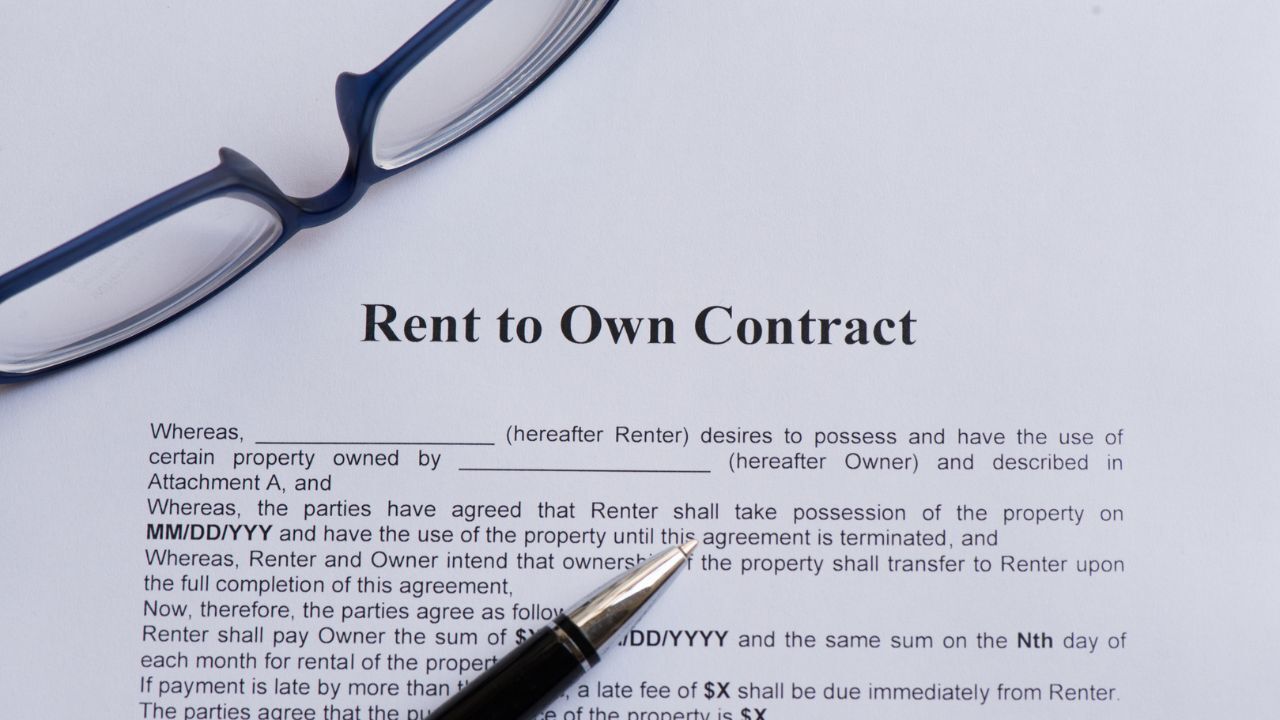 Many homeowners are surprised when they receive their annual property tax bill and notice an increase that feels higher than expected. The good news is that you have the right to appeal your property tax assessment if you believe it does not reflect the true value of your home. Understanding the process can help you protect your budget and ensure that you are being taxed fairly.
Many homeowners are surprised when they receive their annual property tax bill and notice an increase that feels higher than expected. The good news is that you have the right to appeal your property tax assessment if you believe it does not reflect the true value of your home. Understanding the process can help you protect your budget and ensure that you are being taxed fairly.
Know What Your Assessment Means
Your property tax bill is based on the value assigned to your home by your local tax authority. This value may not match the current market value. It is an estimate that is sometimes updated on a set schedule rather than in real time. Reviewing this number closely is the first step toward knowing if an appeal is worth pursuing.
Compare Your Home to Similar Properties
Before filing an appeal, compare your home to other similar homes that recently sold in your area. Look for homes with similar size, age, and features. If you notice that your assessed value is significantly higher than comparable properties, it may be a strong sign that your assessment is inaccurate. Real estate agents often provide market reports that can help with this step.
Look for Errors in Your Record
Tax authorities sometimes use outdated or incorrect information when assessing a property. Review the details used to calculate your value. Check the number of bedrooms, bathrooms, square footage, and improvements. If something is wrong, correcting the record can reduce your property tax bill without needing a full appeal.
Gather the Right Evidence
Successful appeals rely on strong documentation. This may include recent sales data, photos of your home, contractor estimates for needed repairs, or an independent appraisal. The clearer and complete your evidence is, the easier it becomes to prove that your assessment is too high.
File Your Appeal on Time
Each city and county has deadlines for submitting appeals. These dates are very important. Missing a deadline may require you to wait an entire year before trying again. Filing early helps you stay organized and gives you time to provide all required documents.
Prepare for the Review Process
Some appeals are resolved through written documentation, while others require a meeting with the review board. If a meeting is scheduled, stay calm and focused. Present your evidence clearly and explain why your assessment does not accurately reflect the value of your home. Real estate professionals can be helpful in guiding you through this step.
Fair Property Taxes Start with Accurate Information
Appealing your property taxes takes some effort, but it can lead to meaningful savings. By reviewing your assessment and gathering the right information, you can make sure you are paying a fair amount based on the true value of your home.
 Remodeling your home can be exciting, but it can also lead to frustration if you run into unexpected problems. Many homeowners make the same mistakes when they start renovation projects, which can lead to delays, extra costs, and disappointing results. With a little planning and the right guidance, you can avoid these common issues and enjoy a smooth and successful remodel.
Remodeling your home can be exciting, but it can also lead to frustration if you run into unexpected problems. Many homeowners make the same mistakes when they start renovation projects, which can lead to delays, extra costs, and disappointing results. With a little planning and the right guidance, you can avoid these common issues and enjoy a smooth and successful remodel. Buying a home is exciting, but the language of real estate can feel overwhelming if you are new to the process. Many buyers hear unfamiliar terms at showings, in listings, or during conversations with lenders. Understanding this language gives you more confidence and helps you make informed decisions as you move through your home search.
Buying a home is exciting, but the language of real estate can feel overwhelming if you are new to the process. Many buyers hear unfamiliar terms at showings, in listings, or during conversations with lenders. Understanding this language gives you more confidence and helps you make informed decisions as you move through your home search.
 Some homes make people feel comfortable the moment they walk through the door. Even without saying a word, space communicates warmth, calmness, and connection. There is real science behind this reaction and understanding it can help sellers create a more appealing experience for potential buyers.
Some homes make people feel comfortable the moment they walk through the door. Even without saying a word, space communicates warmth, calmness, and connection. There is real science behind this reaction and understanding it can help sellers create a more appealing experience for potential buyers. Today is a moment to pause and reflect on the people who make this work truly meaningful. As a real estate agent, I am grateful for every individual and every family who has allowed me to be part of their home journey. Whether we have worked together in the past, are connected right now, or will meet in the future, your trust means more than you know.
Today is a moment to pause and reflect on the people who make this work truly meaningful. As a real estate agent, I am grateful for every individual and every family who has allowed me to be part of their home journey. Whether we have worked together in the past, are connected right now, or will meet in the future, your trust means more than you know. Selling a home that has limited storage space can feel challenging, but with the right strategy, you can highlight the home’s strengths and help buyers focus on possibility rather than limitations. With thoughtful preparation and clear presentation, even a small-space property can make a strong impression.
Selling a home that has limited storage space can feel challenging, but with the right strategy, you can highlight the home’s strengths and help buyers focus on possibility rather than limitations. With thoughtful preparation and clear presentation, even a small-space property can make a strong impression. Selling a home through a rent-to-own agreement can create a flexible path for both sellers and future buyers. This arrangement allows a tenant to live in the home while preparing to purchase it later, giving the seller steady income and a committed future buyer.
Selling a home through a rent-to-own agreement can create a flexible path for both sellers and future buyers. This arrangement allows a tenant to live in the home while preparing to purchase it later, giving the seller steady income and a committed future buyer.
 A home can look beautiful on the surface, but a past flooding event can create long term challenges that buyers need to understand. If you are considering a property with any history of water intrusion, taking time to learn the risks can protect your safety, your finances and your peace of mind.
A home can look beautiful on the surface, but a past flooding event can create long term challenges that buyers need to understand. If you are considering a property with any history of water intrusion, taking time to learn the risks can protect your safety, your finances and your peace of mind.